Image Credit: U.S. Department of Energy
Wait a second. Spring has barely sprung, and you’re saying we need to start thinking about energy audits already? What’s up with that?
There are several reasons why now is a good time not only to focus on energy auditing and weatherization work — not only for your clients, but also for your own home.
Weatherization professionals have some time
Because spring is a time when few homeowners are thinking about heating bills and how to bring them down, it’s a good time to find energy-performance contractors who can do that weatherization work.
Those energy-performance contractors who do general construction work may be gearing up for the summer building season, but for those limited to energy audits and weatherization, now is a good time.
Still cool enough for thermographic analysis
Part of an energy audit may involve taking images of your house with a special infrared camera to identify areas of excessive heat loss. Infrared or thermographic cameras show temperature differences. Taking such images of your house walls when the house is warm indoors and fairly cold outside will show visually where heat is escaping from the house.
To work well, there has to be a significant temperature difference between the interior of the house and the outdoors. The minimum temperature difference (delta-T) is 20°F, but a higher delta-T is even better.
In more northern climates, such as New England, even though it’s been getting up into the mid-70s during the days this week, it’s been dropping into the low-40s or 30s at night. So a thermographic analysis in the evening or early in the morning can still find plenty of delta-T for the assessment.
Airtightness is key
A huge part of weatherization is tightening up the house. To assess airtightness, a blower door is used. As described a few weeks ago, this is a fan that is installed in a door frame and depressurizes the house. A computer controller tells you how tight the house is by calculating how much air has to be forced through the fan to maintain a specific pressure difference — usually 50 pascals.
Great incentives for energy audits and weatherization
I don’t know about other states and utility territories, but in Vermont the statewide organization Efficiency Vermont and the Vermont Clean Energy Network (VECAN) are currently promoting weatherization through the Vermont Home Energy Challenge. Seventy-seven towns in Vermont are participating in this challenge, which will award $10,000 to the town with the highest level of participation.
The goal of the Home Energy Challenge is to encourage homeowners in participating towns to carry out weatherization projects to lower their energy use. The target is getting 3% of homes to complete weatherization projects. In my town of Dummerston, for example, this will mean getting 24 homeowners to carry out weatherization. This is part of a long-term, state-wide goal to weatherize 25% of homes in the state, which will help us with the state energy plan of reducing the consumption of fossil fuels 90% by the year 2050.
Before and after blower door testing is required as part of the Home Energy Challenge, with a target of at least a 10% improvement in airtightness through the weatherization.
Seventy energy performance contractors statewide are participating in the Home Energy Challenge by discounting their costs of energy audits, and Efficiency Vermont has kicked in $100 per audit to further bring that cost down. Some towns have gone further in discounting the audit cost — in Dummerston, for example, an anonymous donor is kicking in an additional $100 per house (for up to 24 projects), which will bring the cost of an audit down to about $150, from the typical cost of $400 to $500.
Plenty of time to get the work done before winter
Step one should be getting that energy audit to find out what a client’s house — or your own — needs. Find out if there exist incentives for energy audits or weatherization/energy upgrades in your area. (Assuming that such incentives do not exist, consider getting involved to encourage the adoption of such a program.) Even where incentives don’t exist, energy audits and weatherization is usually a good deal financially.
Spending $400 to $500 on an energy audit, and several thousand dollars on follow-up weatherization and energy improvements, will generally be repaid in less than ten years through energy savings. But even if the financial savings (reductions in heating bills) don’t easily justify the investment, the dramatic improvement in comfort realized through such improvements often make such an expenditure worthwhile.
Learning more
For more on energy audits, weatherization, and other energy improvements and to find a specialized contractor doing such work, contact the Building Performance Institute. Another good source of information is is the advocacy organization, Efficiency First. If you’re lucky enough to live or work in Vermont, contact Efficiency Vermont to find out more about the Vermont Home Energy Challenge.
Alex is founder of BuildingGreen, Inc. and executive editor of Environmental Building News. In 2012 he founded the Resilient Design Institute. To keep up with Alex’s latest articles and musings, you can sign up for his Twitter feed.
Weekly Newsletter
Get building science and energy efficiency advice, plus special offers, in your inbox.

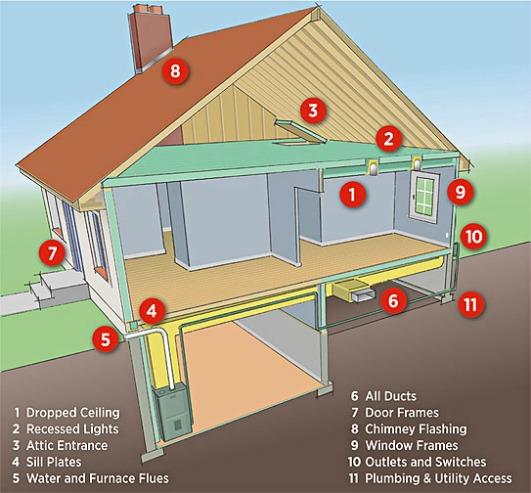




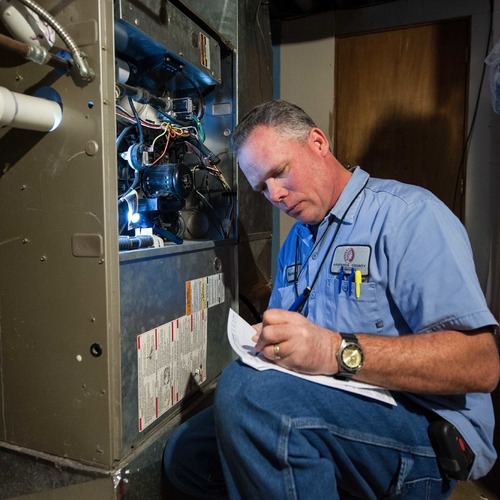
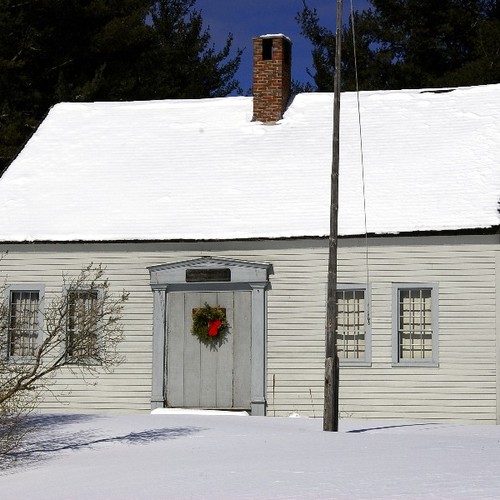
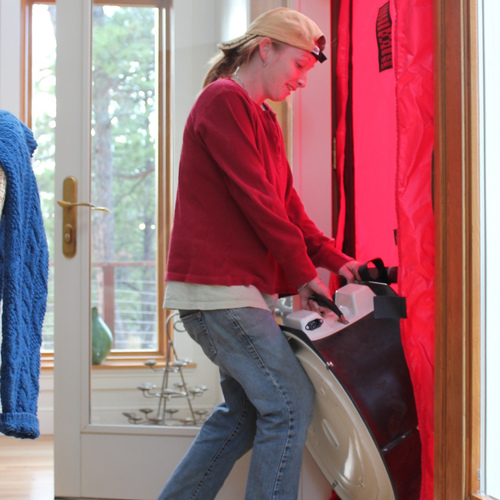
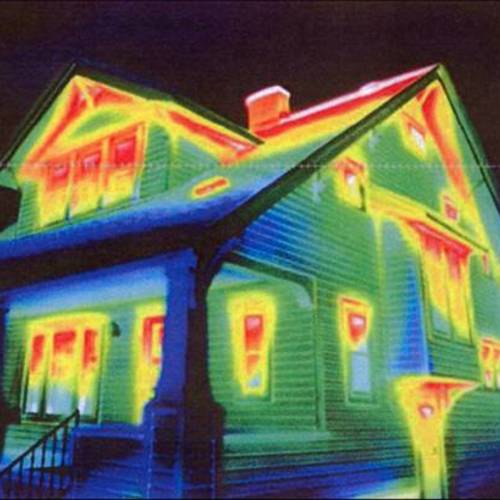






0 Comments
Log in or create an account to post a comment.
Sign up Log in